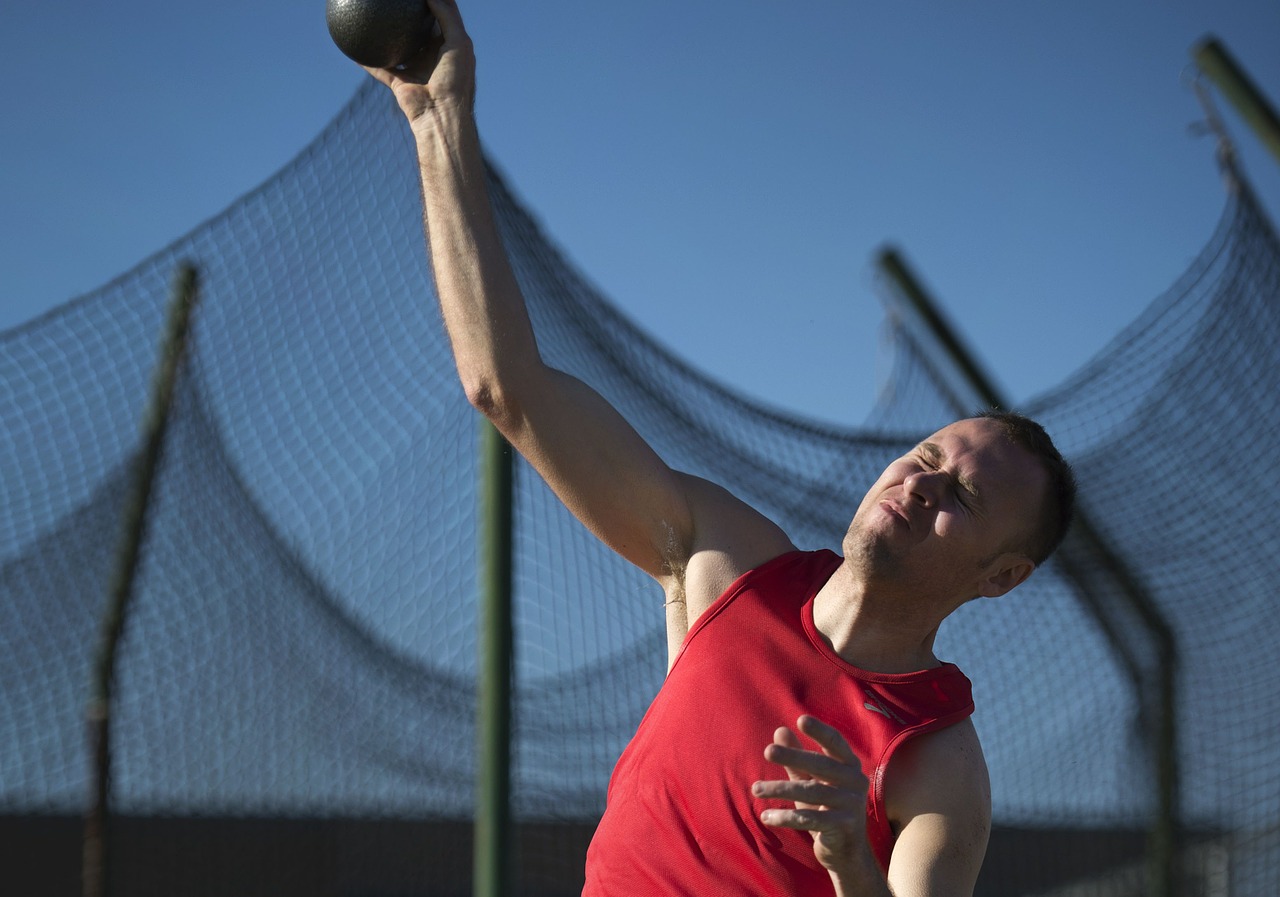Kenneth Clark and Peter Weyand have an interesting article in the latest issue of the Journal of Applied Physiology that looks at sprinting. They begin by reviewing the fact that what differentiates faster sprinters is their ability to exert force against the ground during shorter periods of foot to ground force application. The question they ask in this study is: What allows faster sprinters to apply greater forces against the ground?
In this study, the authors examine two possibilities. The first is a classic elastic energy model (foot hits the ground, lower body stores elastic energy, which is then used to lift and accelerate the body into the next step). They call this the spring-mass model. The second option is that examining ground reaction forces vs. time reveals asymmetries that are inconsistent with the elastic energy/spring model.
To determine this, the authors examined 14 subjects. Seven of the subjects were sprinters. The four male sprinters had an average best 100 meter time of 10.27 seconds and an average best 200 meter time of 21.04 seconds. The three females had an average best 100 meter time of 11.23 seconds and an average best 200 meter time of 22.89 seconds. The other seven subjects were non-sprinter NCAA athletes.
Subjects were exercised on a high-speed force treadmill, with the speeds gradually increasing until the speed reached a point at which the subjects were not able to complete eight consecutive steps without moving backwards more than .2 meters. The results comparing the mechanics of the two groups (sprinters vs. non) are interesting:
- Sprinters had a top speed that was almost 19% greater than non-sprinters.
- Sprinters, on average, exerted almost 11% more force against the ground than non-sprinters.
- Sprinters spent almost 10% less time in contact with the ground than non-sprinters.
- Sprinters spent almost 3% more time in the air than non-sprinters.
- Sprinters spent a little over 2% less time repositioning their limbs in the air than non-sprinters.
- Sprinters had a stride frequency a little more than 5% faster than non-sprinters.
The above results are really interesting. However, the authors failed to find any evidence that the sprinters run according to the spring-mass model, in fact every sprinter deviated from it. The authors hypothesize that this model actually constrains speed. The non-sprinters did not deviate from the spring-mass model, however.
As the authors dug deeper in the data, they found that at top speed, the faster sprinters are applying more force during the first part of the stance (i.e. foot contacts the ground) than during the second half (i.e. body is being pulled forward prior to breaking contact with the ground). The authors discuss the importance of elevating the knee during the swing phase and keeping the body erect when the foot contacts the ground as important strategies towards maximizing force production during the first half of the stance phase of the sprint.
Take home messages for the coach from this study. First, strength is important to be able to exert force against the ground. Second, there’s a need to know how to use that strength. This is where plyos and track work is going to be very important. Third, it looks like late swing/early stance are critical time periods to maximize force production against the ground. This is also where hamstring injuries tend to occur from sprinting. This means a focus on hip extension strength and improving the eccentric strength of the hamstrings.
Clark, K.P. and Weyand, P.G. (2014). Are running speeds maximized with simple-spring stance mechanics. Journal of Applied Physiology, 117, 604-615.

